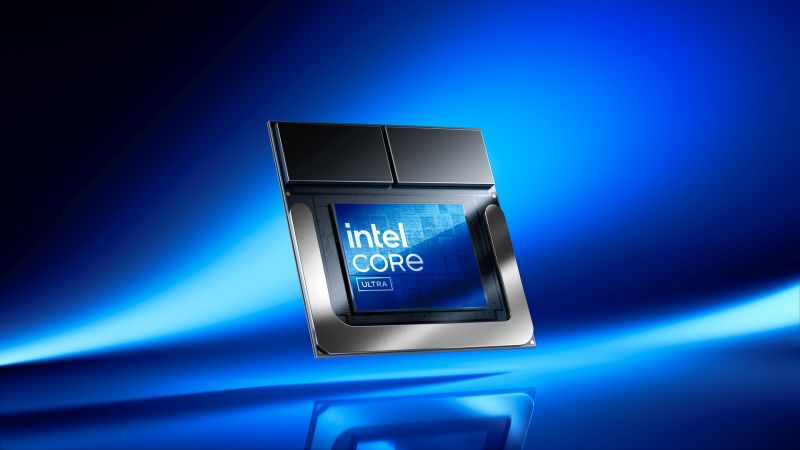At Intel’s quarterly conference, company CEO Patrick Gelsinger was asked about the company’s intentions to use on-board memory integration with the processor in the future, following the example of the recently introduced Lunar Lake. He made it clear that the company has no such plans, and subsequent Intel central processors will have a conventional layout.

Image Source: Intel
According to Gelsinger, the Lunar Lake layout situation remains unique in its own way. “You know, initially Lunar Lake was created as a niche product, with which we wanted to achieve the highest performance and maximum battery life, and then PC AI happened,” the head of the corporation told the story of the creation of processors of this family. Computers with the ability to locally accelerate artificial intelligence systems have demonstrated their potential for mass adoption, and Lunar Lake has gradually become a mainstream product, Gelsinger added.
Actually, Intel is not going to engage in such an indirect, but implementation of memory, according to the general director: “This is not the most successful way to do business.” He quickly added: “Actually, it only happened once with Lunar Lake. This will not happen again with Panther Lake, Nova Lake and their successors. We will create processors in a more classic layout, with memory not associated with their packaging.” At the same time, various interfaces, computing and graphics units, and neural coprocessors will be integrated at the processor packaging level, but RAM will exist outside of the central processors, as Gelsinger emphasized.
By the way, the past quarterly conference was the first Intel event at which management publicly acknowledged the existence of plans to release processors from the Nova Lake family. The media had previously learned about their existence from Intel documents for internal use, but the company did not publicly comment on such plans until recently. It is assumed that Nova Lake processors will become successors to mobile versions of Panther Lake in late 2026 or early 2027. As noted today, some of the crystals for Nova Lake will continue to be produced by TSMC.